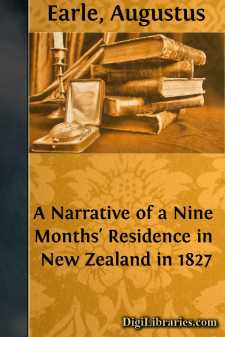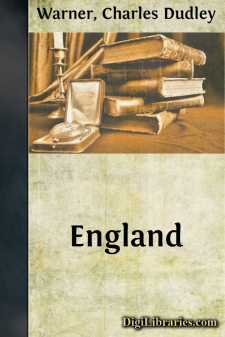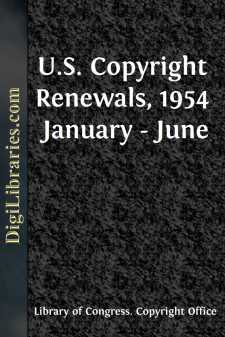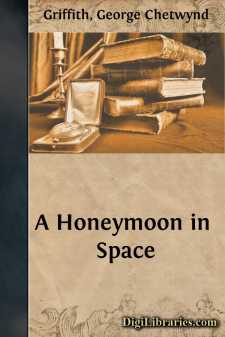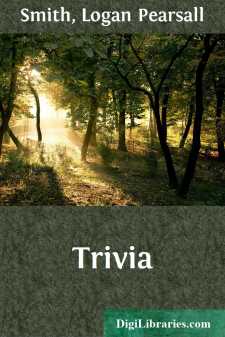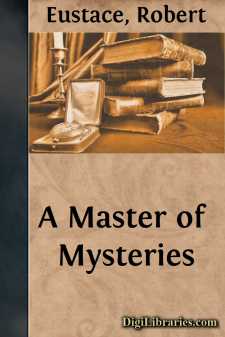Categories
- Antiques & Collectibles 13
- Architecture 36
- Art 48
- Bibles 22
- Biography & Autobiography 813
- Body, Mind & Spirit 141
- Business & Economics 28
- Children's Books 12
- Children's Fiction 9
- Computers 4
- Cooking 94
- Crafts & Hobbies 4
- Drama 346
- Education 46
- Family & Relationships 57
- Fiction 11825
- Games 19
- Gardening 17
- Health & Fitness 34
- History 1377
- House & Home 1
- Humor 147
- Juvenile Fiction 1873
- Juvenile Nonfiction 202
- Language Arts & Disciplines 88
- Law 16
- Literary Collections 686
- Literary Criticism 179
- Mathematics 13
- Medical 41
- Music 40
- Nature 179
- Non-Classifiable 1768
- Performing Arts 7
- Periodicals 1453
- Philosophy 64
- Photography 2
- Poetry 896
- Political Science 203
- Psychology 42
- Reference 154
- Religion 513
- Science 126
- Self-Help 83
- Social Science 81
- Sports & Recreation 34
- Study Aids 3
- Technology & Engineering 59
- Transportation 23
- Travel 463
- True Crime 29
A Narrative of a Nine Months' Residence in New Zealand in 1827
by: Augustus Earle
Description:
Excerpt
CHAPTER I
VOYAGE FROM SYDNEY
Having made up my mind to visit the island of New Zealand, and having persuaded my friend Mr. Shand to accompany me, we made an arrangement for the passage with Captain Kent, of the brig Governor Macquarie, and, bidding adieu to our friends at Sydney, in a few hours (on October 20th, 1827) we were wafted into the great Pacific Ocean.
There were several other passengers on board, who were proceeding to New Zealand to form a Wesleyan missionary establishment at Hokianga. Amongst these were a Mr. and Mrs. Hobbs, who were most enthusiastic in the cause. They had formerly belonged to the same mission at Whangaroa, when a war which took place amongst the natives totally destroyed their establishment; and, after enduring great varieties of suffering, they escaped, but lost everything they possessed, except the clothes they had on. We had a very fine wind for nine days, and on the 29th we saw a gannet, a sure sign we were within a hundred miles of land, for these birds are never seen at a greater distance from it. True to our anticipations, towards the afternoon the water became discoloured, and at midnight we saw the land.
This interesting island, of which we now got sight, was first discovered by that eminent and enterprising Dutch navigator, Tasman, subsequently to the discovery of Van Diemen's Land. His voyage from Batavia in 1642, undertaken by order of the then Governor-General of Dutch India, Anthony Van Diemen, was one of the most important and successful ever undertaken, for it was during this voyage that New Holland was discovered, of which Van Diemen's Land was then supposed to form a part, the extensive island of New Zealand being supposed to form another portion.
The slight intercourse of the discoverers with the natives had so calamitous a termination, and the exaggerated accounts it was then a kind of fashion to give of savages, stigmatised the New Zealanders with such a character for treachery and cruelty, that their island was not visited again for upwards of a century, when the immortal Cook drew aside the veil of error and obscurity from this unexplored land, and rescued the character of its inhabitants from the ignominy which its original discoverers, the Dutch, had thrown upon them. This immense tract of land was imagined by Tasman to form but one island, and he most unaptly gave it the name of New Zealand, from its great resemblance (as was stated) to his own country.
In 1770 Cook discovered a strait of easy access and safe navigation, cutting the island nearly in half, thus making two islands of what had before been imagined but one. This strait bears his name, and is often traversed by vessels from New South Wales returning home by way of Cape Horn.
In 1827 His Majesty's ship Warsprite passed through this strait in company with the Volage, twenty-eight guns, being the first English line of battleship which had ever made the attempt. A few years since, Captain Stewart, commanding a colonial vessel out of Port Jackson, discovered another strait, which cut off the extreme southern point, making it a separate island that bears his name, and now almost every year our sealers and whalers are making additional and useful discoveries along its coasts....


